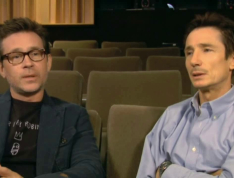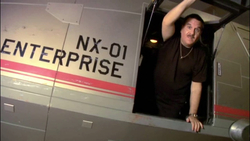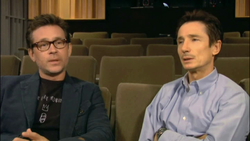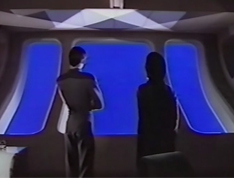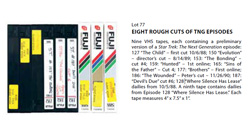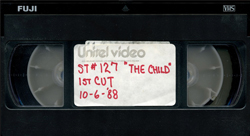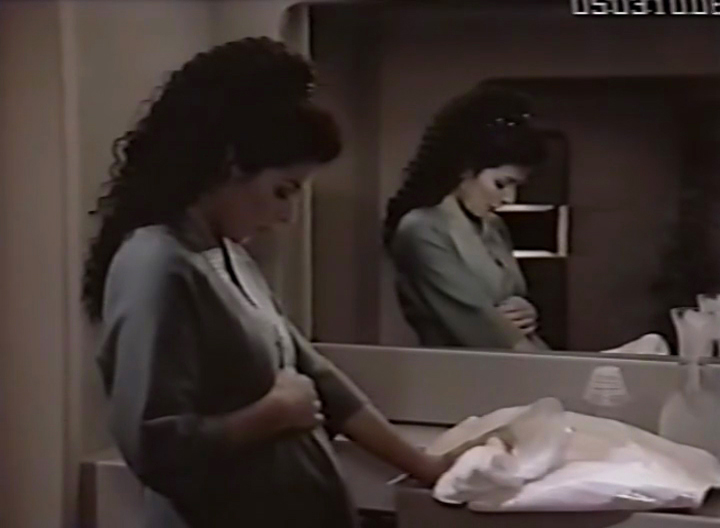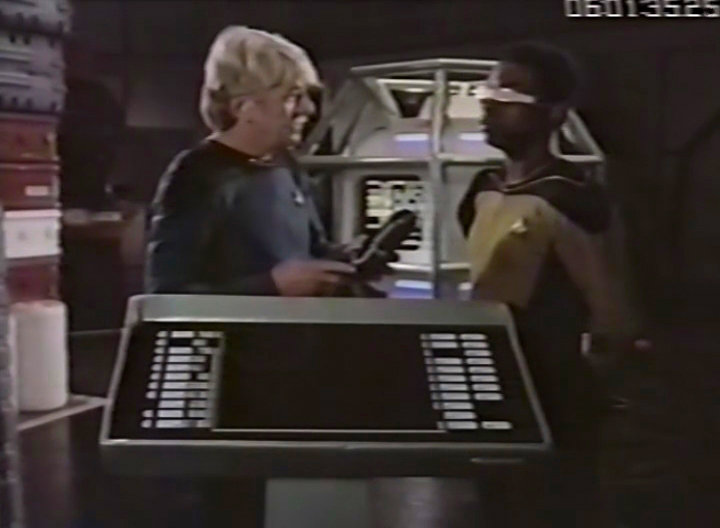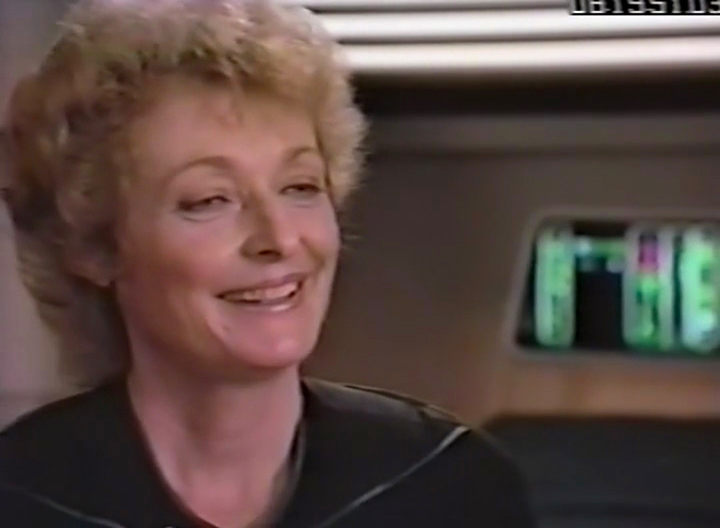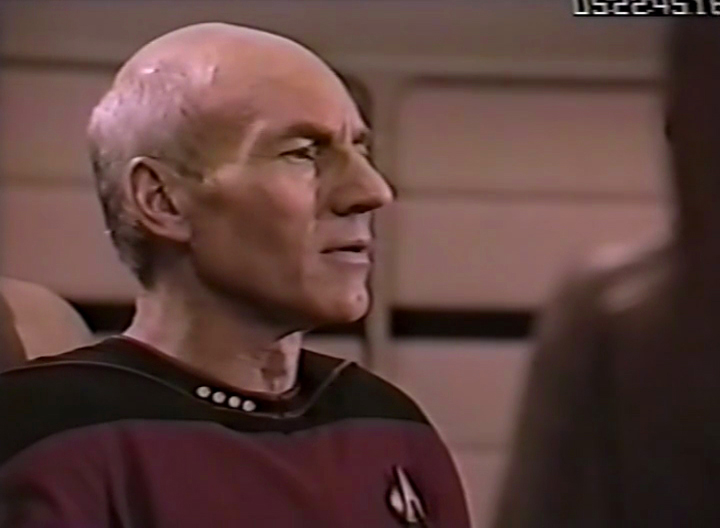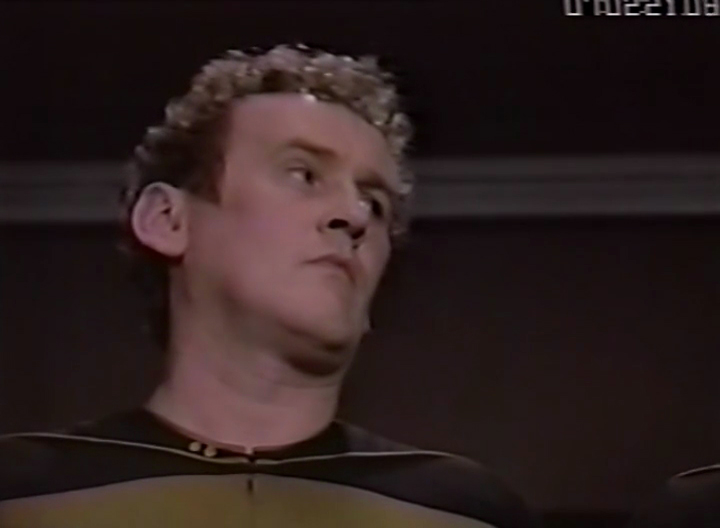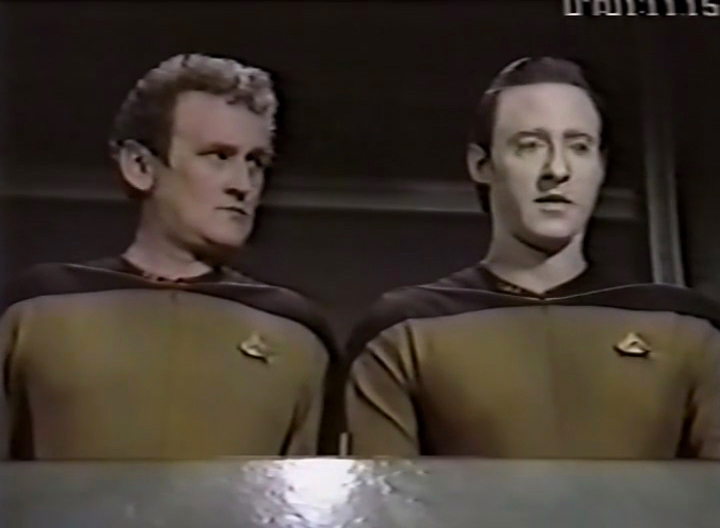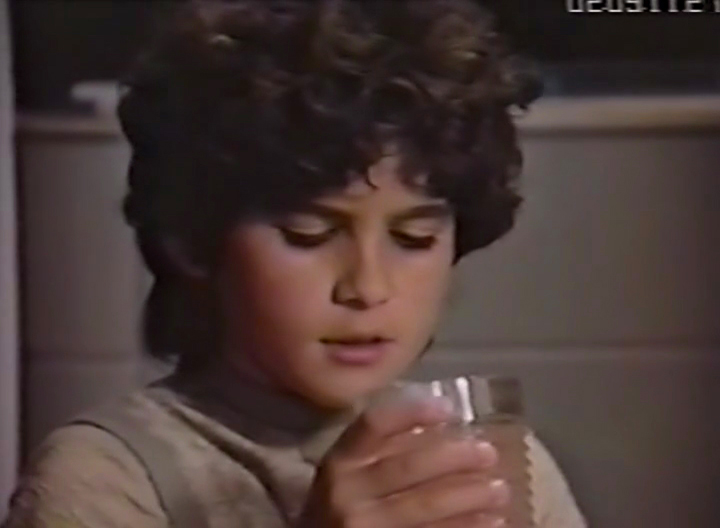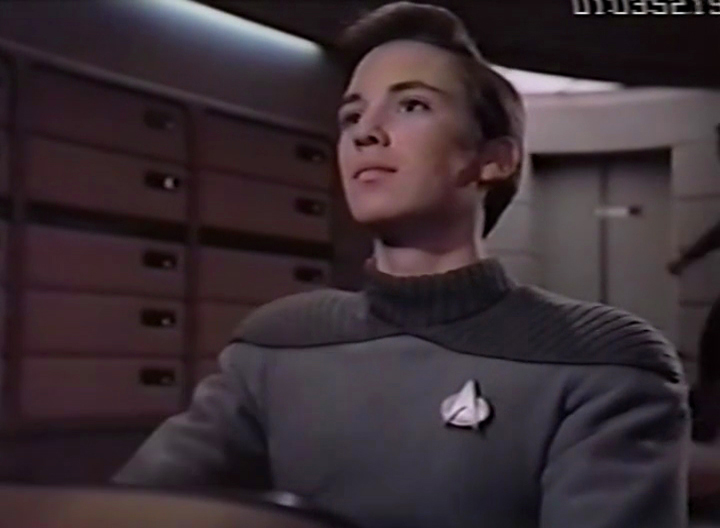To celebrate the release of Star Trek: Enterprise‘s first season on Blu-ray from CBS Home Entertainment, TrekCore spoke exclusively to actor Dominic Keating who played armory officer Malcolm Reed throughout the show’s four seasons. Dominic addressed questions on Reed’s accent, use of lip-gloss, auditioning for Star Trek Voyager and how network politics doomed the show.

Dominic Keating: The Interview
Interviewed by Adam Walker for TrekCore.com

TrekCore: Did you watch any Star Trek before you began Enterprise to prepare for your role?
Dominic Keating: I did! I grew up in the mid-to-late 1960’s watching the original show, and I remember that I nagged my father rotten to get one of the first color TVs on our street. It was one of those multi-broadcast sets with the louvredeuren… I was just blown over to see that Spock’s shirt was blue! I was probably eight years old or something. Yeah, one of those huge multi-broadcast sets that doubled as an aircraft hanger.
TrekCore: I know the ones… we had one too!
Dominic Keating: When I first got to the states, I watched Patrick [Stewart] on Next Gen, really out of professional interest, to see a British actor playing the lead in an American TV show. Oddly enough, I fetched up at this odd commune in Mailbu for my first couple of years, and it was all lorded over by this fabulous guy called Victor, who was a massive Star Trek fan. He told me, friendlily, that I could get a TV – he had a big satellite dish in this field that we lived in, just there across the creek. He said, “Get a TV, and I’ll hook you up!”
What he forgot to mention is that I had to watch what he watched! There was no way for me to change channels! He only watched one or two things – it was either Voyager at the time, or XXX-rated porn from Canada! [laughs] You’d come over in the evening and turn on the TV and it was like, “Oh my God! Oh, no, wait a minute – that’s Patrick Stewart’s bald head. That’s okay.” [laughs]
TrekCore: After you were cast on the show as the only Brit, did you try to emphasize your accent or tone it up? It sounds very pronounced sometimes.
Dominic Keating: If you’d seen me at the first audition – they told me they wanted a ‘stiff-upper-lipped Brit with a buttoned-down approach to life’ – God bless, as green as I was back then, actors love to act. They slightly lay it on a bit trowel-like. I think I did. I sort of went in with a slightly more clipped Sandhurstian accent that I ordinarily would have used. I think it softened as I grew more confident as the episodes went by. It’s odd that you would pick up on that! If you’d seen the first audition – there’s a funny story because they came back and said, “We love what you’re doing… could you make him a bit more blue-collar?”
I tell this story at conventions. I’d seen Ian McKellen play Iago at the Stratford; a right good Yorkshire councilman who would never aspire to be the king, but would always do a very good job as second-in-command. So, for my second call-back – I don’t know what the hell I was thinking – I got to the end of the first scene, and Merri Howard looked up and said, “Is that Scottish?” Brannon Braga leant forward and said, “Don’t be silly, Merri, it was Welsh.” And I could see this job skitting out the door! I looked at Rick Berman, and asked, “Do you think I could try it in my own voice, Mr. Berman?” He went, “…that’d be a good idea.” Funny you should pick up on that. I guess I was trying to speak how my mother had always wished I’d spoken!
TrekCore: BBC English.
Dominic Keating: BBC, exactly! Whenever I say ‘fuck’, I spell it P-H-U-Q-U-E.

Dominic Keating in character as Armory Officer Lieutenant Malcolm Reed in Star Trek: Enterprise.
TrekCore: So, Dominic, help settle a debate. There are many episodes where it looks like you’re wearing a kind of lipstick on the screen… what happened there?
Dominic Keating: I’ve got no idea, mate! Really?
TrekCore: Yeah!
Dominic Keating: That’s the first time anyone’s ever … I’ve never heard that before. I imagine you need to get your TV color corrected, perhaps! They did put lip gloss, lip moistener – LypSyl – on from time to time, to make sure you weren’t cracking. The atmosphere in those sets is very air conditioned and dry, so they used to do that – that’s the only think I can think of. There was certainly no lipstick on Malcolm’s lips, I can attest to that!
TrekCore: A lot of fans feel that the character of Malcolm Reed was underused. Do you share that impression? Were you prepared for that going into the role?
Dominic Keating: Yes. I was really happily surprised with the workload that I did enjoy, that I did get to do. I was very happy. You know, it was clear from the get-go – you didn’t have to be a rocket scientist to figure out that it was going to be a triumvirate again of T’Pol, Trip, and the Captain. The fact that I sort-of elbowed my way into a nice solid supporting role that got his own episodes from time to time and invariably became …
I was not expecting to become the ‘action man’ on the show, but whenever the Captain screwed up, Malcolm came to the rescue! It was just great, to be honest. I pulled some long hours, but nothing quite like what those three would do over a general week. I’d invariably have a sort-of six-day weekend from time to time, where I could go off and enjoy the money. [laughs]
All in all, no regrets at all.
TrekCore: How the did the jump from regular British TV shows like ‘The Bill’ and ‘Casualty’ to being amongst the Hollywood elite take place?
Dominic Keating: Well, I made a decision to leave London. I’d done four or five years on that sitcom ‘Demond’s’ on Channel 4, and that contract came to an end – they were going on to do two more years, but I’d come out here on a vacation. I’d met some people out here, who were Brits in L.A.; I think I knew one other actor – Alistair Duncan – and I just went home and thought… I wasn’t married, I was thirty-one or thirty-two, I had a flat in Notting Hill Gate that I’d bought that I could rent out, that would sort of help me pay my way to take a deep breath and go see if we can’t make it in the major leagues!
That’s kind of what I did – I came over here with a wing and a prayer, really. God bless, it worked out. I knocked on a lot of doors and jumped through a lot of hoops.
TrekCore: You originally auditioned for a role on Star Trek: Voyager before you got Enterprise.
Dominic Keating: I did! That’s how I first came into their sphere of noticing. Yeah, I [auditioned for a guest-star role] on Voyager. I don’t remember too much about it, other than it was to play the prince of some nomadic space tribe or something like that. I thought I’d got the job. I remember ringing my manager, saying “Well, we’re doing Star Trek next week.” Rick and Brannon were in the room, and they couldn’t have been more effusive… and then I never heard anything! Nothing! Not even, like, “Good job.” nothing.
It wasn’t until, maybe, the end of the first season [of Enterprise] that Rick was on set – I think we were shooting “Shuttlepod One” – and he was chatting with me idly between setups. They had Star Trek: Nemesis shooting on the stage next store, which was why he was around. He let loose to me that he’d remembered me from that Voyager audition; he said “I’ve had your photograph on my desk for two years; we knew we were formulating the show…” I said, “God, you could’ve given me a ring, Rick! You have no idea what those two years were like, mate!”

Dominic Keating cites “Shuttlepod One” as one of his finest moments on the show which he remains proud of to this day. The ‘bottle-show’ with Reed and Tucker is still highly regarded by fans of the show as one of the best episodes.
TrekCore: There was a pretty big shake-up in the direction of the show going into the third season, and then another shake-up in the fourth year. Do you have a feeling about when the show was at its best for you as an actor?
Dominic Keating: You know, towards the end of the first season, I never would have imagined getting an episode like “Shuttlepod One“, as a sundry, second character. I always look back very proudly at that particular time, and I was really growing into the role and becoming somewhat fluid and fluent in film acting at that time. There’d been a nervousness even though I wasn’t green-around-the-gills, I’d never done it week after week, as it were, and then got to see what it looked like eight or ten days after that. I think there was a certain confidence that was building around the end of the first season.
In terms of the show, we never got stronger than Season Four. We had new blood running the show with Manny Coto – not to do any disservice to Brannon and Mr. Berman, God knows what they did in television history is unparalleled and will always be. They wrote four hit shows on a variation of a theme. We did twenty-six episodes our first two years. That’s just extraordinary! To keep it remotely fresh… I don’t know how they did it. I know it took its toll on Brannon, and that’s why he stepped aside by Season Four; he was just burned.
And God bless Manny – he came on board as a staff writer about halfway through the Xindi arc in Season Three. I remember his first script; I finished reading it and went, “That’s bloody good!” I looked at the cover and saw ‘Manny Coto’, I hadn’t seen that name. I rang his office at the writers building and just wanted to say “Well done, man. That’s really very good.” He was a huge Star Trek fan as a kid. From what I understand from the fans, he tied up a lot of loose ends and made sense of a lot of some … they took some liberties, I think, during the first three years, about certain lore of Star Trek, actual, factual eventualities in the storyline, and I believe he tied it all up neatly with a big bow and went “Tra-laa!” and they loved it.
It’s too bad; politics took it down at the end, it was nothing to do with the fact that we were flagging; in fact, we were gaining momentum. Our network was in disarray, and you know, they did a deal with Warner Brothers and CBS did a deal, and turned [UPN] into The CW, which was no breeding ground for our show… and that was that.
Our thanks to Dominic and CBS for making the interview possible. Season One of Star Trek: Enterprise is now available to buy on Blu-ray and features interviews with Dominic, Connor Trinneer (Trip) and Scott Bakula (Archer) as well as a whole array of writers, producers and creative staff who made the show possible. Order the set through the links below and help support TrekCore!
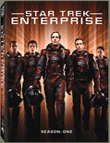 | Order Star Trek: Enterprise Season 1 Blu-Ray today!


 | 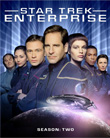 | Order Star Trek: Enterprise Season 2 Blu-Ray today!


 |



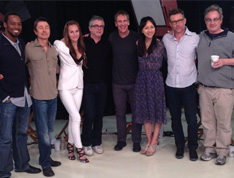


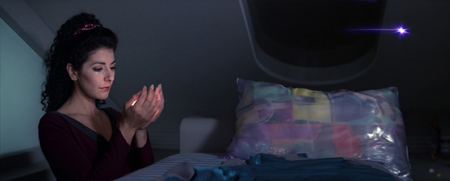
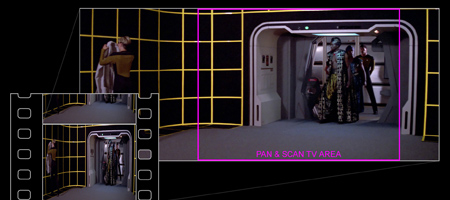
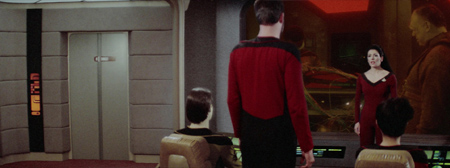
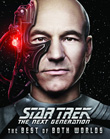
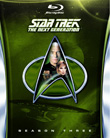
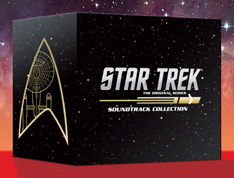
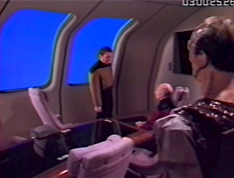
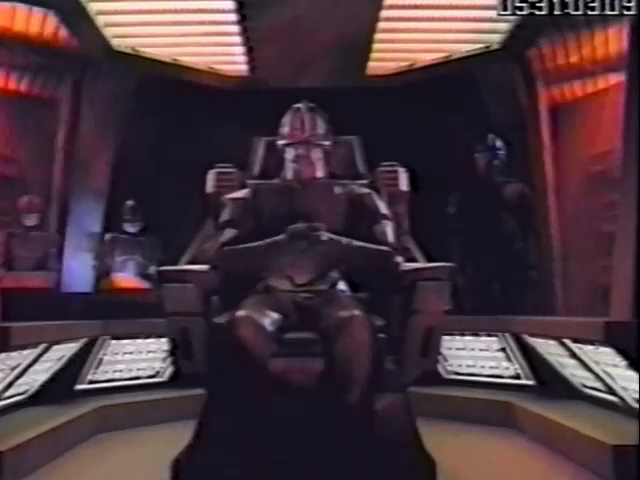

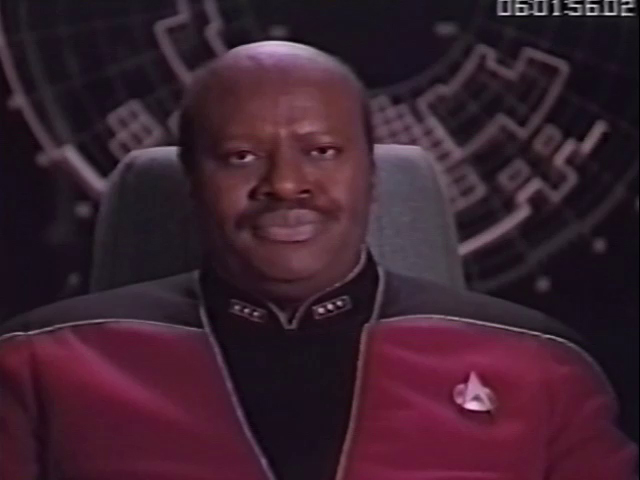

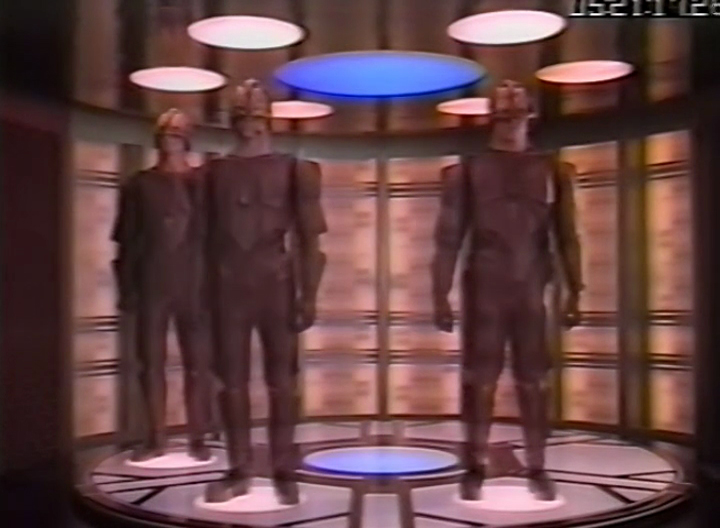
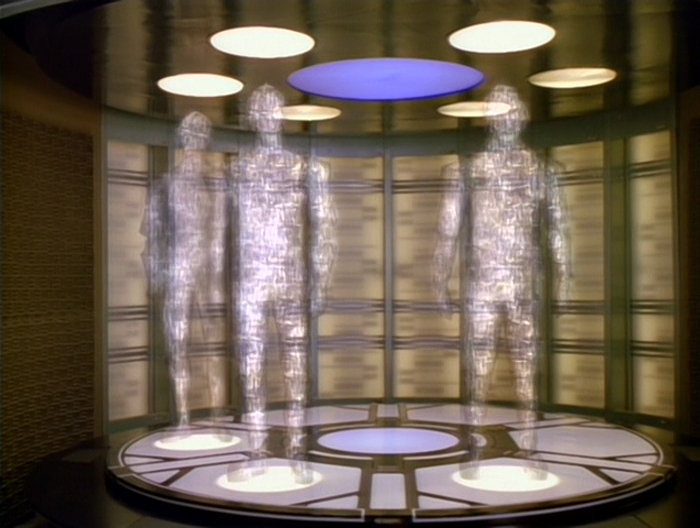
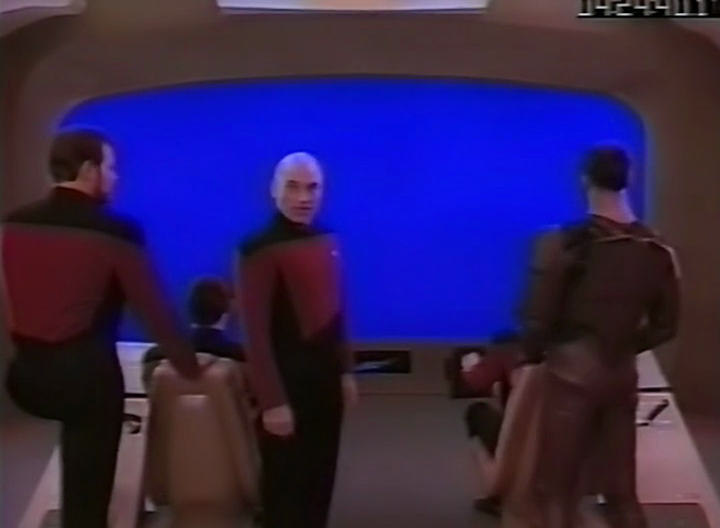

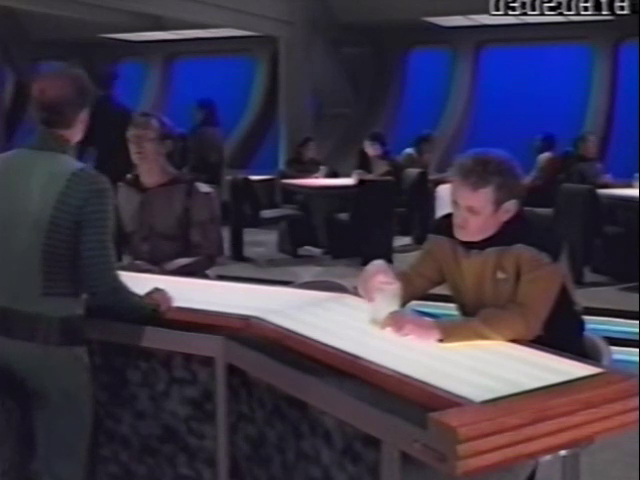

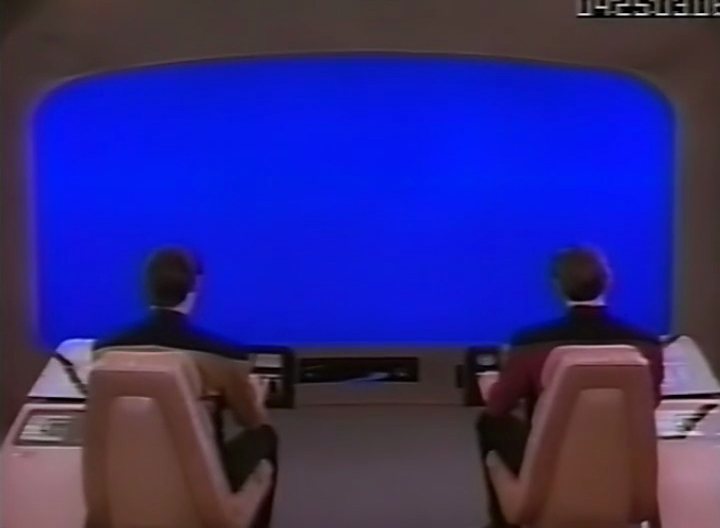

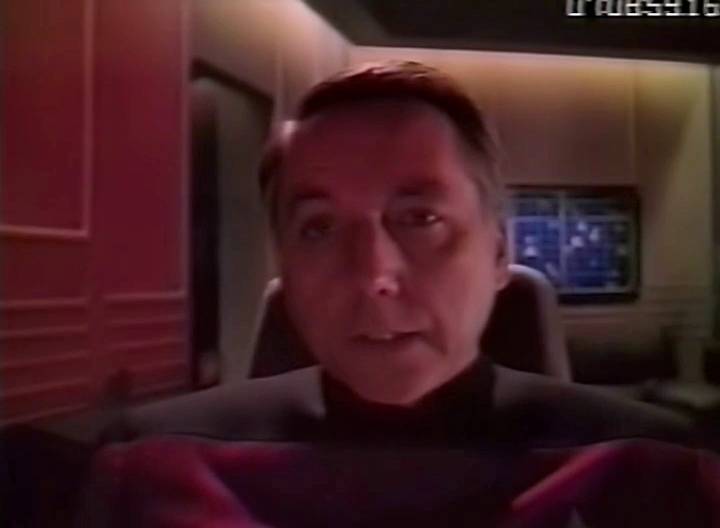

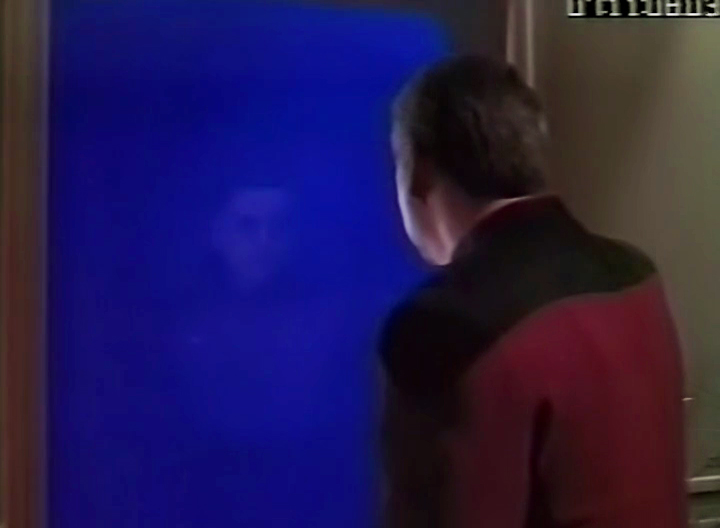

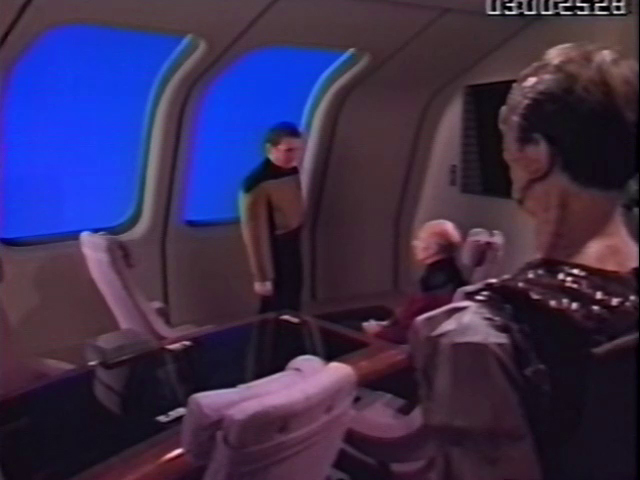

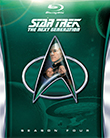
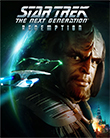
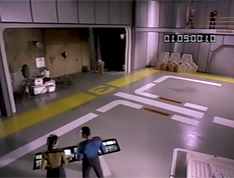
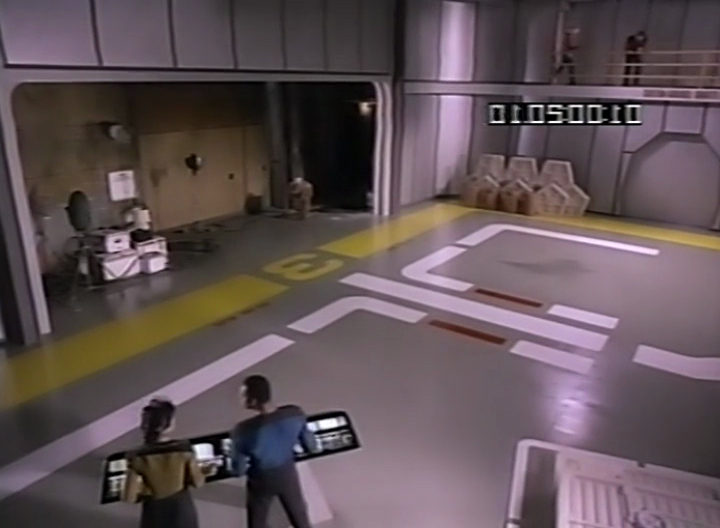

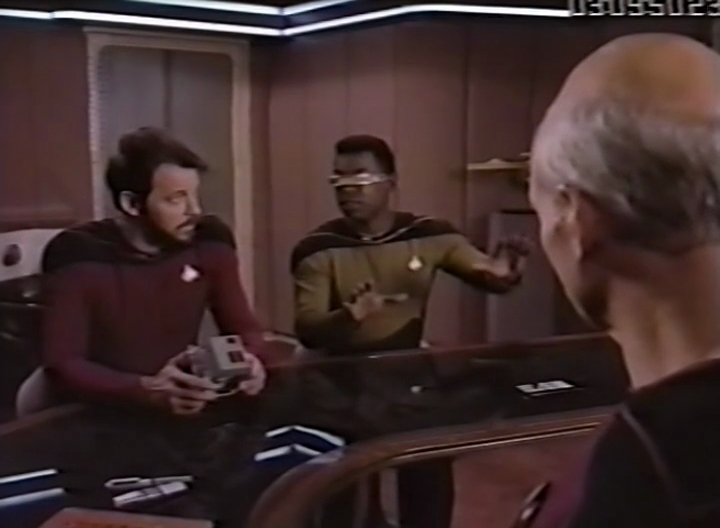

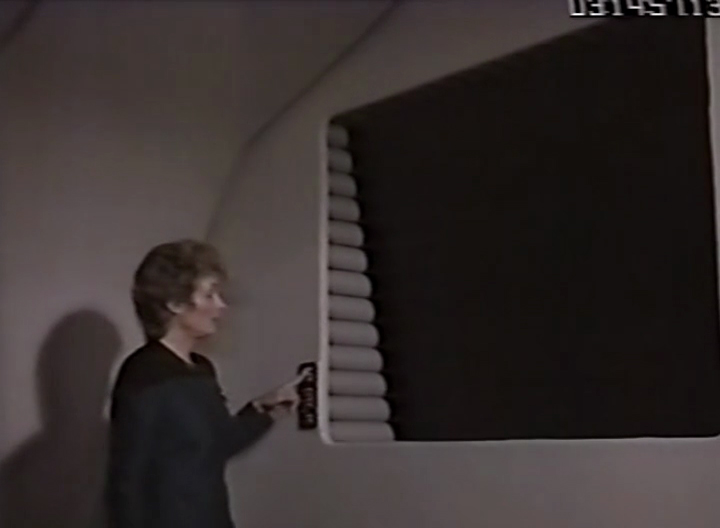

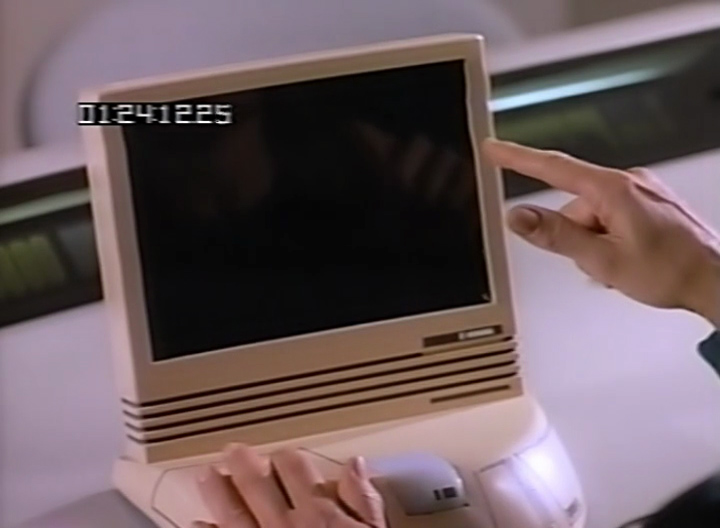

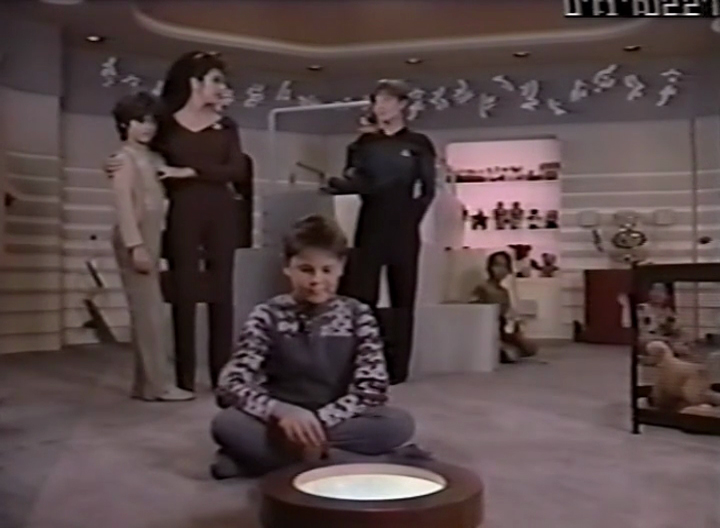

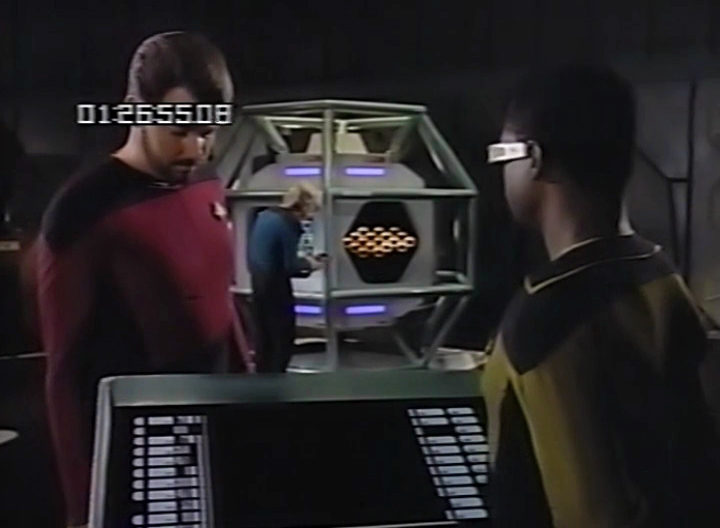

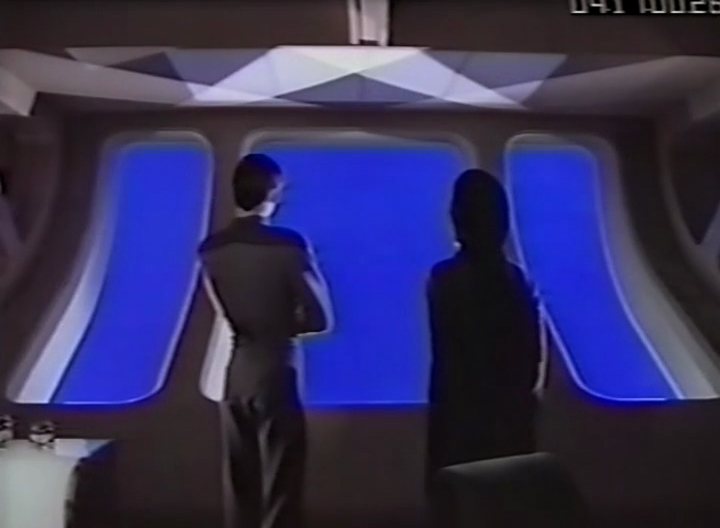

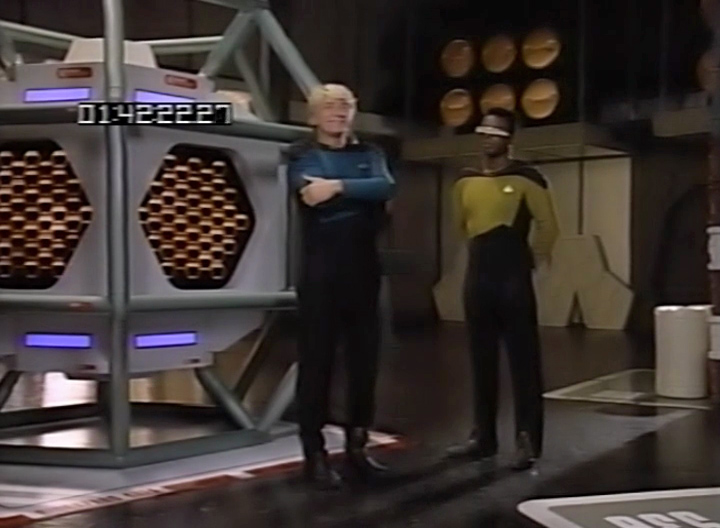

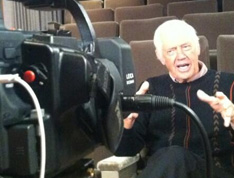
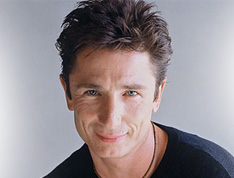



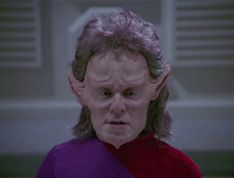
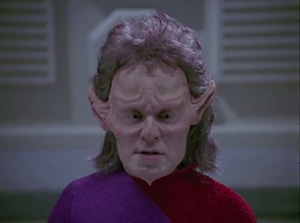 When the Star Trek: The Next Generation episode “
When the Star Trek: The Next Generation episode “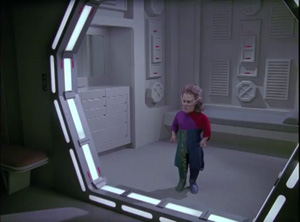 far different interpretation of Fajo than Rubinek, lending an eerily sinister air to the character which was absent in the final version.
far different interpretation of Fajo than Rubinek, lending an eerily sinister air to the character which was absent in the final version.